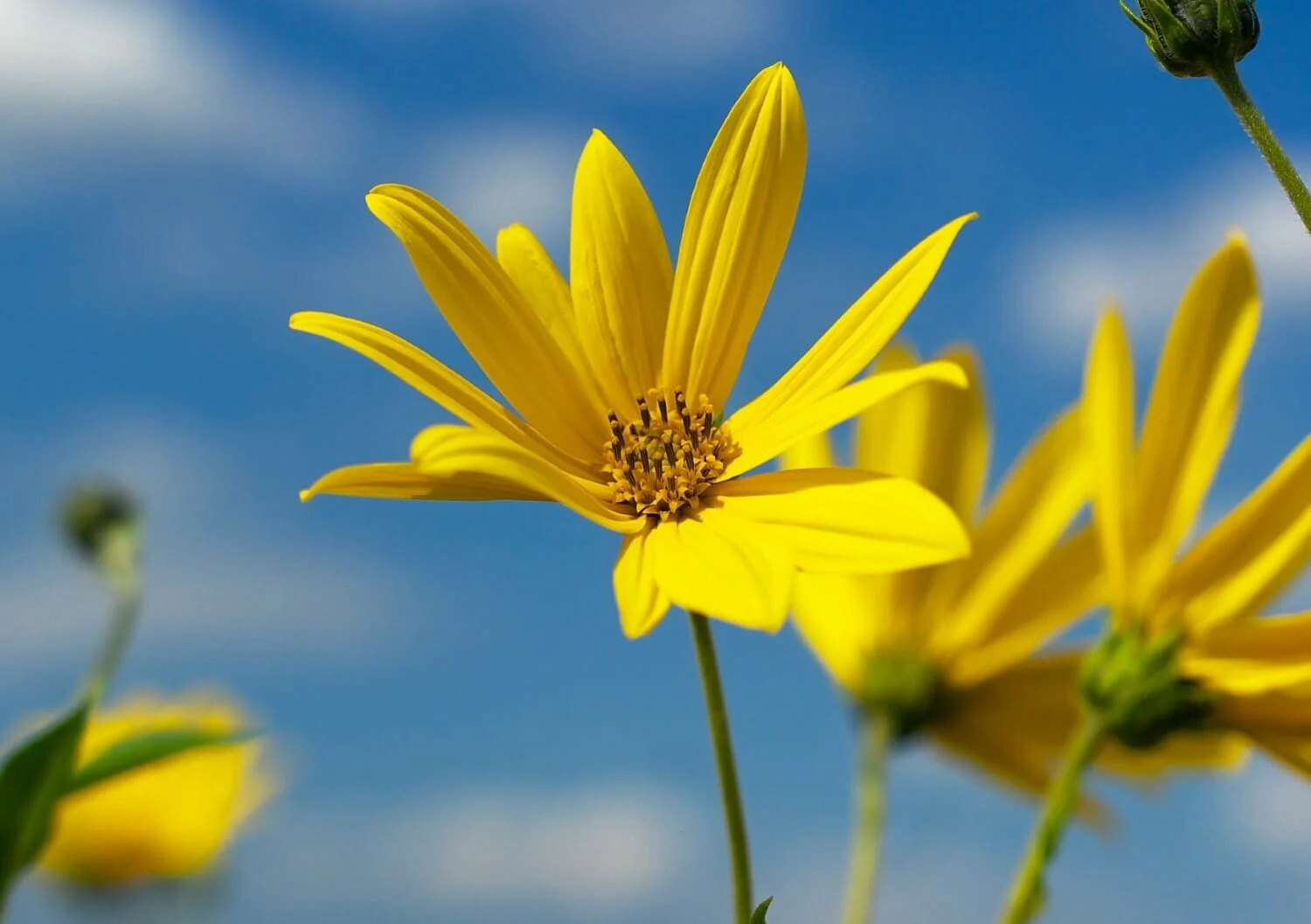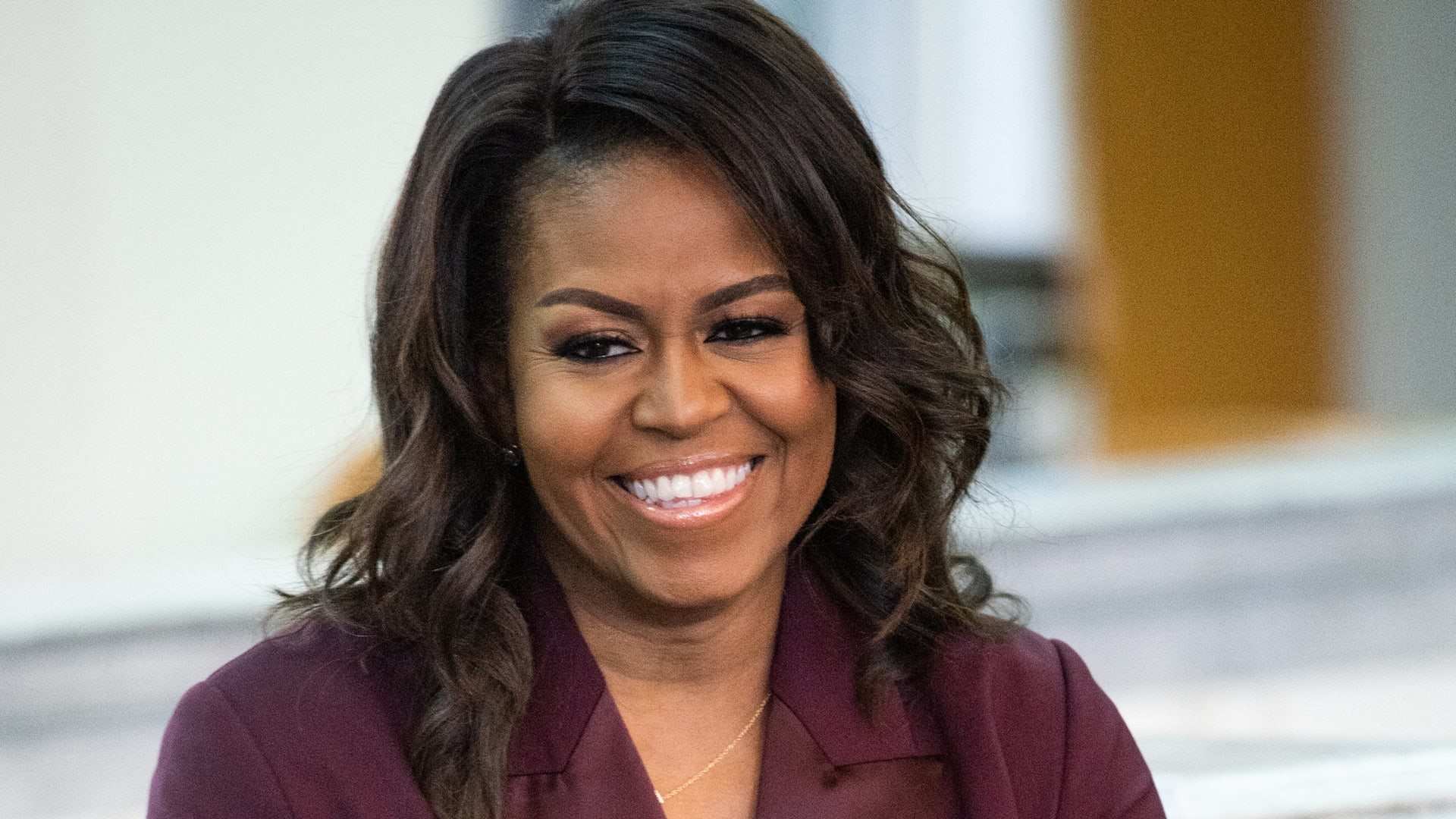
False Sunflower, scientifically known as Heliopsis helianthoides, is a stunning and vibrant plant that adds a splash of color to any garden. With its bright yellow petals and resemblance to a sunflower, it is a popular choice among gardeners and plant enthusiasts alike. However, there is more to this remarkable plant than meets the eye. From its interesting characteristics to its historical significance, the False Sunflower holds a wealth of extraordinary facts that make it a fascinating subject of study. In this article, we will delve into eight extraordinary facts about False Sunflowers that will not only amaze you but also deepen your appreciation for this beautiful plant. So, without further ado, let’s explore the captivating world of the False Sunflower.
Key Takeaways:
- False sunflowers have vibrant yellow blooms that attract bees, butterflies, and hummingbirds, making them a beautiful and beneficial addition to any garden.
- These low-maintenance, perennial plants not only add visual charm to your garden but also have a history of medicinal uses and can naturalize to create stunning displays.
Vibrant and Eye-Catching Blossoms
The false sunflower, also known as Heliopsis helianthoides, boasts brilliant yellow flowers that closely resemble those of the sunflower. Its striking blooms brighten up any garden or landscape.
Perennial Beauty
The false sunflower is a perennial plant, meaning it will come back year after year, providing continuous beauty and color to your garden. With proper care, it can thrive for many seasons.
Attracts Pollinators
The abundance of bright yellow blooms on the false sunflower acts as a magnet for pollinators such as bees, butterflies, and hummingbirds. By planting these flowers, you can create a welcoming habitat for these important creatures.
Drought-Tolerant and Hardy
The false sunflower is known for its ability to tolerate dry conditions, making it a great choice for areas with limited rainfall. It is also hardy, capable of withstanding cold temperatures and surviving in various climates.
Low-Maintenance Plant
One of the remarkable aspects of the false sunflower is its low-maintenance nature. It thrives in different types of soil and requires minimal care once established. This makes it an ideal choice for busy gardeners or those new to gardening.
Medicinal Uses
The false sunflower has a long history of medicinal use among Native American tribes. It is believed to have healing properties and was traditionally used to treat various ailments, including digestive issues and skin conditions.
Versatile Garden Addition
With its tall and upright growth habit, the false sunflower adds vertical interest to any garden or landscape. It can be used as a centerpiece, a backdrop for shorter plants, or even as a natural privacy screen.
Naturalizing Plant
The false sunflower has the ability to spread and naturalize, meaning it can establish self-sustaining populations in suitable environments. This can create a stunning display of yellow blooms that can persist for years to come.
The 8 extraordinary facts about false sunflower make it a fascinating and versatile plant for any garden or landscape. Its vibrant blossoms, ability to attract pollinators, and low-maintenance nature make it an excellent choice for gardeners of all levels of experience. Furthermore, with its medicinal uses and naturalizing capabilities, the false sunflower offers benefits beyond its aesthetic appeal.
In conclusion, incorporating the false sunflower into your garden not only adds visual charm but also supports the ecosystem and provides potential medicinal uses. Whether you are seeking a low-maintenance perennial or a plant that attracts pollinators, the false sunflower is sure to be a standout addition to your outdoor space.
Conclusion
False Sunflower, also known as Heliopsis helianthoides, is a fascinating plant that offers much more than meets the eye. From its bright and cheerful blooms to its important ecological role, it is a true gem in the plant world.
Whether you are a gardening enthusiast or simply appreciate the beauty of nature, consider adding False Sunflower to your garden or learning more about its unique characteristics. Its ability to attract pollinators, its adaptability to various climates, and its historical use by Native Americans make it an extraordinary plant worth exploring.
So, next time you spot a False Sunflower in bloom, take a moment to appreciate its beauty and remember these extraordinary facts that make it such a remarkable plant.
FAQs
Q: How tall does the False Sunflower grow?
A: False Sunflower can grow up to 3 to 5 feet in height, making it an excellent choice for adding vertical interest to your garden.
Q: Can False Sunflower survive in hot climates?
A: Yes, False Sunflower is known for its adaptability and can thrive in a wide range of climates, including hot and dry regions.
Q: Does False Sunflower attract pollinators?
A: Absolutely! False Sunflower’s bright yellow flowers are irresistible to bees, butterflies, and other pollinators, making it an excellent choice for a pollinator-friendly garden.
Q: Are False Sunflowers a good option for cut flowers?
A: Yes, False Sunflowers make exceptional cut flowers. They have a long vase life and add a vibrant touch to floral arrangements.
Q: Is False Sunflower native to North America?
A: Yes, False Sunflower is native to North America and has a rich history of being used by Native Americans for medicinal and ceremonial purposes.
Q: How do I care for False Sunflower plants?
A: False Sunflowers are relatively low-maintenance. They prefer full sun to partial shade and well-drained soil. Regular watering and occasional fertilization will help them thrive.
Q: Do False Sunflowers self-seed?
A: Yes, False Sunflowers are known to self-seed, creating a naturalized and beautiful display in your garden year after year.
Q: Can False Sunflowers be grown in containers?
A: While False Sunflowers are typically grown in garden beds, they can be successfully grown in containers as long as the container is large enough to accommodate their growth and provides adequate drainage.
False Sunflower's extraordinary qualities make it a captivating plant for any garden enthusiast. Its vibrant blooms, perennial nature, and ability to attract pollinators are just a few reasons why this hardy, low-maintenance plant is a must-have. Beyond its aesthetic appeal, False Sunflower boasts medicinal uses and versatility in various garden settings. Naturalizing with ease, this plant spreads its beauty year after year. If you found these facts about False Sunflower fascinating, continue exploring the world of remarkable plants by learning about the astonishing characteristics of Heliopsis.
Was this page helpful?
Our commitment to delivering trustworthy and engaging content is at the heart of what we do. Each fact on our site is contributed by real users like you, bringing a wealth of diverse insights and information. To ensure the highest standards of accuracy and reliability, our dedicated editors meticulously review each submission. This process guarantees that the facts we share are not only fascinating but also credible. Trust in our commitment to quality and authenticity as you explore and learn with us.


